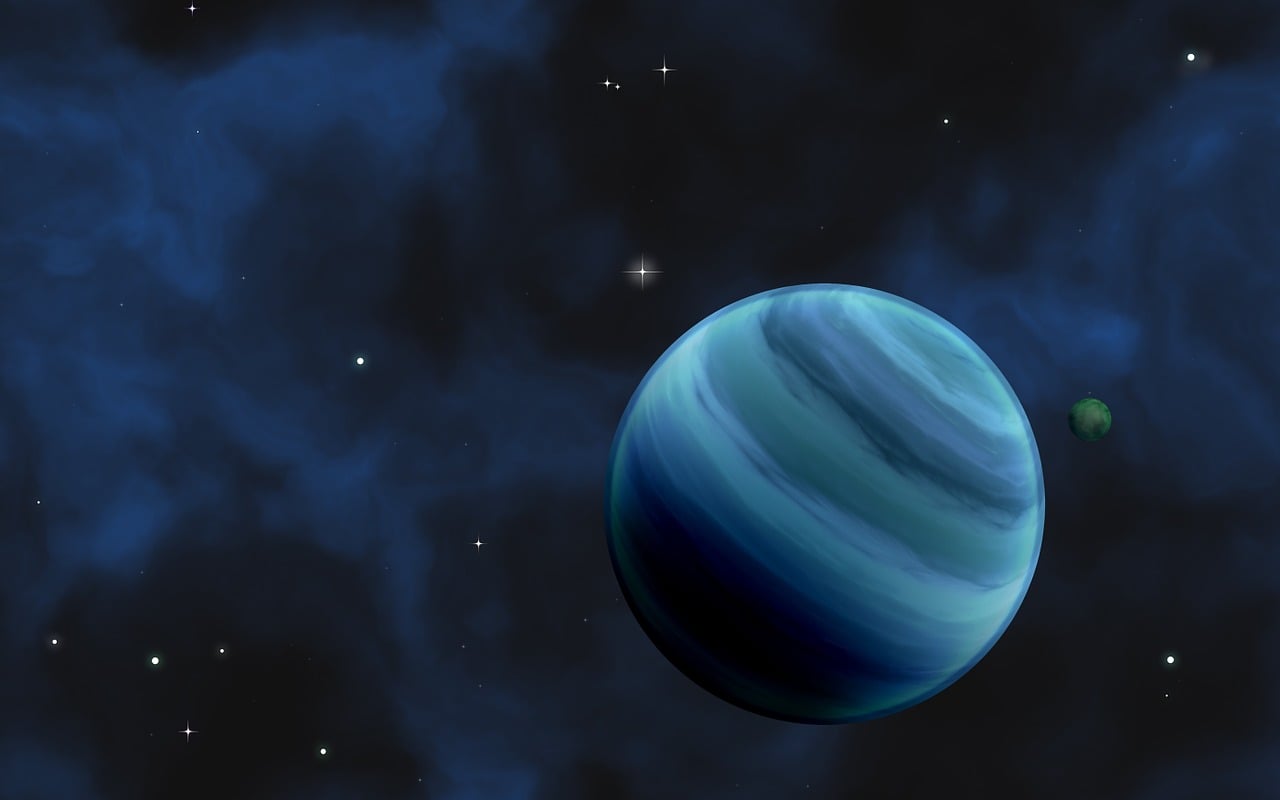A gas giant exoplanet, KELT-9b, similar to Jupiter or Saturn, is located about 620 light-years away from Earth and is the hottest gas exoplanet that has been discovered so far. Its temperature reaches above 4,000 Kelvin (3,750°C/6,800°F), being hotter than many stars discovered in the universe. Researchers decided to study its compounds and discovered iron and titanium in the exoplanet’s atmosphere.
The presence of iron and titanium in the exoplanet’s atmosphere has been reported in a study published in the journal Nature. The research is particularly important because it helps learn more about the worlds that reside outside the Solar System. That is mostly because scientists have never detected iron to be contained in the atmosphere of a planet, even though this element is known to be widely available in different worlds.
Finding iron and titanium in the exoplanet’s atmosphere isn’t so easy and straightforward. Since iron is a highly refractive metal, its presence hardly leaves any trail in the light that scientists observe coming from the planet. Nevertheless, the researchers working on a study performed simulations characteristic to such an intense atmosphere that could be attributed to KELT-9b, using the currently available equipment.
“The results of these simulations show that most of the molecules found there should be in atomic form, because the bonds that hold them together are broken by collisions between particles that occur at these extremely high temperatures,” co-author Kevin Heng, a professor at the University of Bern, said in a statement on Phys.org.
Iron signature
To find iron and titanium in the exoplanet’s atmosphere, the research team was observing the planet at the time when it was passing in front of its host star. That way the light from the star passes through the planet’s atmosphere and researchers have a better picture of the compounds found in the atmosphere.
Based on the simulations they performed, iron would leave its clear signature in the planet’s atmosphere if it was present there.
“With the theoretical predictions in hand, it was like following a treasure map,” added lead author Jens Hoeijmakers, a researcher at the Universities of Geneva and Bern, “and when we dug deeper into the data, we found even more.”
The further observations performed by the researchers revealed that the chemical composition of the gas giant, aside from iron, also had titanium vapor in its atmosphere.
The hottest planet so far
KELT-9b is the hottest planet discovered so far with its temperature of 4,000 Kelvins. It belongs to the group of ultra-hot Jupiters. These planets are known for extremely high temperatures, even for gas giants, and they consist of very complex atmospheres, therefore it’s no surprise that the researchers detected iron and titanium in its atmosphere.
More metal to be found
Given its temperature and being a gas giant, KELT-9b likely has no chance of ever hosting any form of life as we know it. However Heng and his team discovered a variety of elements in the spectra from KELT-9b.
“I don’t want to reveal too much, but we have found other metals,” he revealed to Space.com. “We are also trying to get Hubble Space Telescope time to search for water as well.”
The goal of the team is that they want to discover as much as possible about the planet and get more information about the weather on KELT-9b. Heng believes that violent storms should be raging around the planet’s atmosphere, given its chemical composition.





